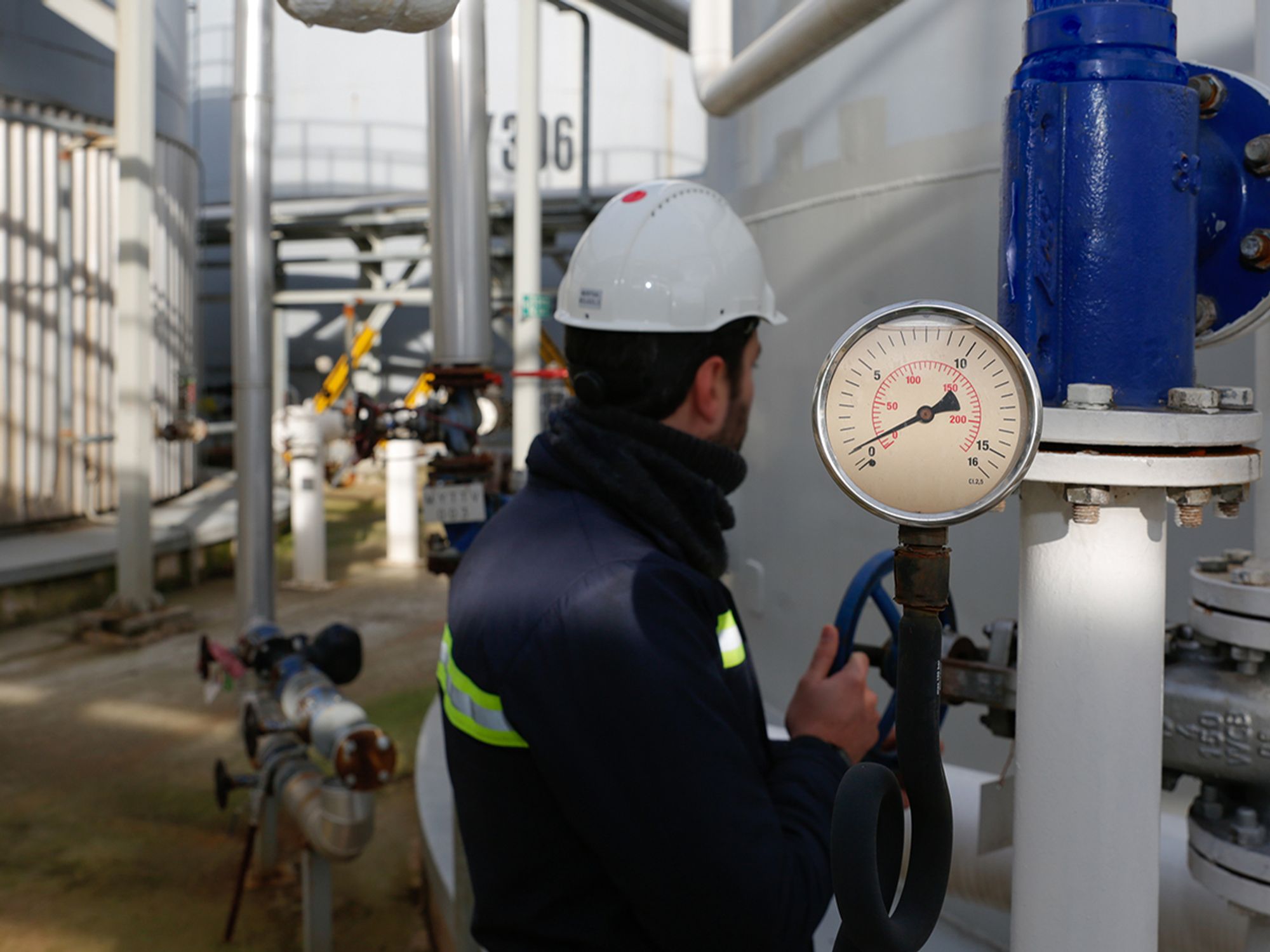InstituteUnderground Storage TanksRelease DetectionTank SystemsSecondary ContainmentFocus AreaTank OperatorsEnglishAnalysisIn Depth Sub Topics (Level 4)Tank SystemsUSA
Leak detection methods
['Tank Systems']

- For USTs installed or replaced after April 11, 2016, owners and operators must use secondary containment with interstitial monitoring.
Owners and operators of petroleum underground storage tanks (USTs) installed on or before April 11, 2016, must use at least one of the following release detection methods, or other methods approved by their implementing agency. For USTs installed or replaced after April 11, 2016, owners and operators must use secondary containment with interstitial monitoring.
- Secondary containment with interstitial monitoring. This involves placing a barrier between the UST and the environment. The barrier provides secondary containment and can be a vault, liner, or the outer wall of a double-walled structure. Interstitial monitoring methods range from a simple dip stick to automated vapor or liquid sensors permanently installed in the system. All USTs holding hazardous substances must use this method.
- Automatic tank gauging (ATG) systems. ATG systems use monitors permanently installed in the tank. These monitors are linked electronically to a nearby control device to provide information on product level and temperature. The gauging system can automatically calculate the changes in product volume that can indicate a leaking tank. ATG systems operate in one of two modes: inventory mode and leak detection mode. In the leak detection mode, ATG systems can be set manually or automatically to perform a leak test. Manual leak tests are in-tank static tests and automatic leak tests are continuous in-tank leak detection tests. This method does not work on piping.
- Continuous in-tank leak detection (CITLD). CITLD encompasses all statistically based methods where the system incrementally gathers measurements on an uninterrupted or nearly uninterrupted basis to determine a tank’s leak status. There are two major groups that fit into this category: 1.) continuous statistical release detection (also referred to as continuous ATG methods) and 2.) continual reconciliation. Both groups typically use sensors permanently installed in the tank to obtain inventory measurements. They are combined with a microprocessor in the ATG system or other control console that processes the data. Continual reconciliation methods are further distinguished by their connection to dispensing meters that allow for automatic recording and use of dispensing data in analyzing tanks’ leak status.
- Statistical inventory reconciliation (SIR). SIR uses sophisticated computer software to determine whether a tank system is leaking. The computer conducts a statistical analysis of inventory, delivery, and dispensing data collected over a period of time and provided by the operator to a vendor. SIR methods process data on a periodic basis involving a separate analysis that is performed either by an SIR vendor or SIR software.
- Groundwater monitoring. Groundwater monitoring devices sense the presence of liquid product floating on the groundwater. This method requires installation of monitoring wells at strategic locations in the ground near the tank and along the piping runs. To discover if leaked product has reached groundwater, these wells can be checked periodically by hand or continuously with permanently installed equipment. This method is effective only at sites where groundwater is within 20 feet of the surface.
- Vapor monitoring. Vapor monitors sense and measure either product vapor in the soil around the tank and piping (sometimes called passive monitoring) or a tracer compound (sometimes called active monitoring) to determine the presence of a leak. This method requires installation of carefully placed monitoring wells. Vapor monitoring can be performed periodically using manual devices or continuously using permanently installed equipment.
- Manual tank gauging. Manual tank gauging can be used only on tanks 2,000 gallons or smaller. This method requires taking the tank out of service for at least 36 hours each week to take measurements of the tank’s contents. Tanks 1,000 gallons or less can use this method alone. Tanks from 1,001 to 2,000 gallons can use this method only when it is combined with periodic tank tightness testing and only for 10 years after installing a new UST or upgrading a UST with corrosion protection. After 10 years, these USTs must use another release detection method.
- Tank tightness testing and inventory control. A combination of two methods, tank tightness testing requires periodic tests conducted by vendors who temporarily install special equipment that tests the soundness of the tank. Inventory control requires taking daily accurate measurements of the tank’s contents and performing monthly calculations to prove that the system is not leaking. Tank tightness testing and inventory control can be used only for 10 years after installing a new UST or upgrading an UST with corrosion protection. After 10 years, these USTs must use another leak detection method. Inventory control must be used in combination with tank tightness testing.
